Hair growth after chemotherapy
introduction
The aim of chemotherapy is to kill the cancer cells. Cancer cells are cells that divide rapidly.
Many chemotherapy drugs that are used to treat cancer act not only on the rapidly dividing cancer cells, but also on other rapidly dividing cells. Besides immune cells, mucous membrane cells and other cells, hair root cells belong to the rapidly dividing cells. Therefore, one of the side effects of chemotherapy is hair loss.
The hair on the head is particularly affected. This has to do with the fact that around 90% of all hair root cells are in the sensitive division phase.
This phase is particularly prone to disturbances. As a result, the drugs used in chemotherapy can destroy cells at this stage. Other body hair grows more slowly. Therefore, for example, eyelashes, eyebrows and other body hair are only affected in 10-20% of the damage. After the treatment, the hair usually grows back.
Read more on the subject at: chemotherapy

When does hair start growing again?
The hair begins to grow back when the chemotherapy drugs in the body are broken down. At first, a fluff usually grows. As a rule of thumb, it is stated that the scalp hair grows about 1 cm per month. That can vary individually. The appearance and shape of the scalp hair may differ from what it was before chemotherapy.
Sometimes curly hair grows back first. In some cases, these curls can last for years. In other cases, straight hair will grow back immediately if the head hair was previously straight. In other sufferers, this curly hair growth does not occur at all. Sometimes the hair color is also changed. As a rule, 3 months after the last chemotherapy, the hair on the head is so long that many patients do not wear their headgear.
The body hair takes a little longer. In very, very rare exceptional cases, hair no longer grows after chemotherapy.
What can I do to make the hair grow faster again?
There are various recommendations and testimonials about means that are supposed to accelerate hair growth. There is controversy as to whether this is actually the case. Some authors recommend birch water. This should be massaged into the scalp regularly. Other affected people use Plantur 39® Caffeine Shampoo. Some authors recommend the commercial preparation Regaine®. It contains the active ingredient minoxidil. These agents can possibly support hair growth in general. Whether the hair really grows faster through the means remains individual and has not been scientifically proven uniformly. Experience reports show that the agents have a positive effect on the waiting time for hair growth and a positive effect on the subjectively assessable quality of the regrowing hair. The most important thing to do is be patient.
However, if it helps to bridge this time using certain remedies, there is usually nothing against it. In addition, good scalp care can indirectly contribute to faster hair growth. Because if the scalp is unclean, i.e. pimples or other skin symptoms form on the scalp, hair growth can be impaired. The reason for this is that pimples, flaking or other skin changes stand in the way of the newly growing hair. The hair cannot penetrate to the surface of the head in these areas. If problems with the scalp occur, medical advice and, if necessary, treatment is recommended.
What headgear should I wear until then?
When exposed to the sun or cold, headgear should be worn to protect the scalp.
The headgear should be chosen so that it is consistent for the person concerned. Depending on the weather and wellbeing, these can be caps, scarves or hats to suit your individual taste. It is important that the person feels comfortable and the scalp is protected. There is also the option of wearing a wig.
There are different types of wigs. Here, too, the focus is on individual taste and individual needs.
If someone wants to wear a wig, it is possible in many cases that the health insurance company will pay for it. As a rule, the health insurance company pays the wigs for women. It is not uniformly regulated for men. It is advisable to consult with the health insurance company and the attending physician. If the scalp is not exposed to the sun or cold, such as indoors, it is not absolutely necessary to wear a hat. Whether headgear is worn indoors is up to the person concerned.
How should I care for my hair after chemotherapy?
There are also no set guidelines for hair care after chemotherapy.
Many patients choose a caffeine shampoo.
It's silicone free and likely aids hair growth. But other well-tolerated shampoos may generally be used.
Some use certain hair conditioners and birch water, but both are not required. The hair should initially be exposed to as few chemicals as possible. If hair cosmetics such as hair mousse, hair gel and hairspray are used, they should contain as few chemical substances as possible.
The use should be made carefully.
Combing should be done gently.
When can I dye my hair again?
There is no fixed guideline from when you can dye your hair again. Many doctors have no concerns if the hair is colored about 3 months after the last chemotherapy.
When can I tint my hair again?
The same applies to hair coloring as to hair coloring. According to experience reports, no damage seems to occur if you tint your hair 3 months after chemotherapy.
If you are unsure, it is advisable to seek advice from your doctor.
What should you watch out for when washing your hair?
Again, there is no scientifically proven advice. According to reviews, there are a few tips.
Accordingly, hair should be washed as little as possible after chemotherapy. A mild shampoo should be used for this.
The water temperature should not be too hot. The amount of shampoo should be kept as low as possible. In addition, the use of a soft brush is generally recommended.
If possible, blow-drying your hair, warming curlers and straightening irons should be avoided. If you can't do without blow-drying your hair, blow-dry your hair as short as possible and not too hot.
Chemicals, heat and rough handling of hair when washing hair should be avoided.


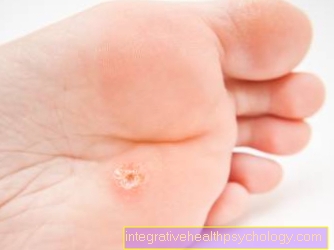
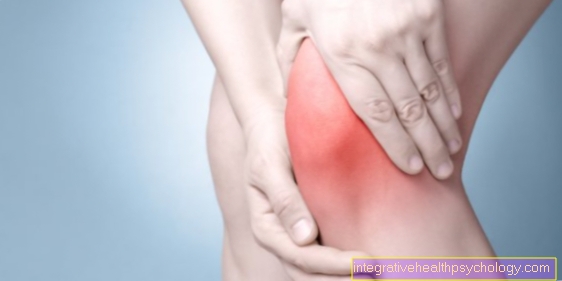
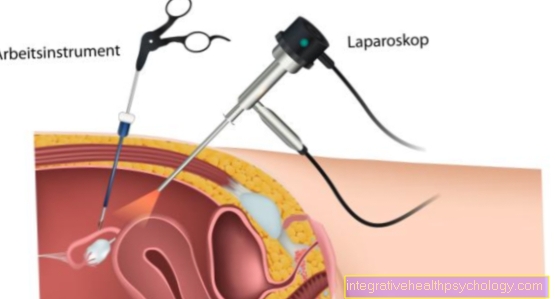

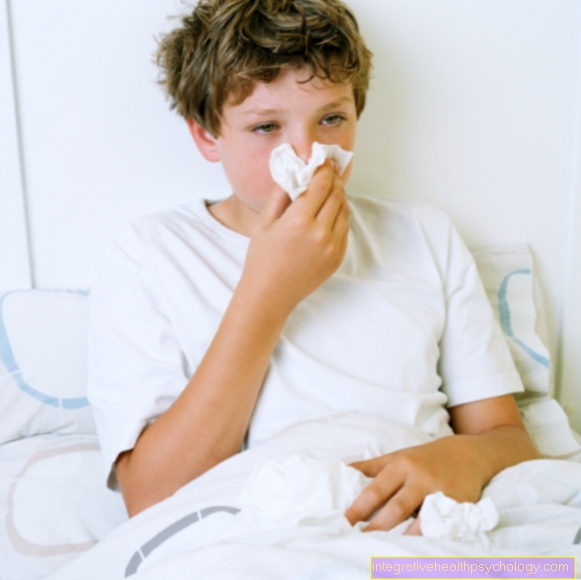


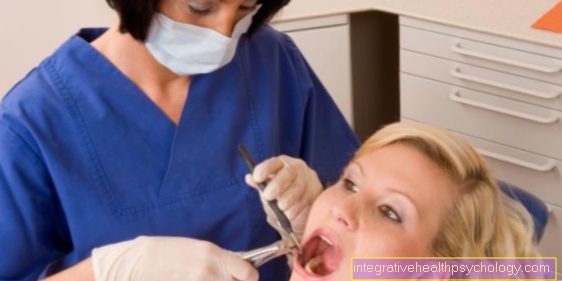
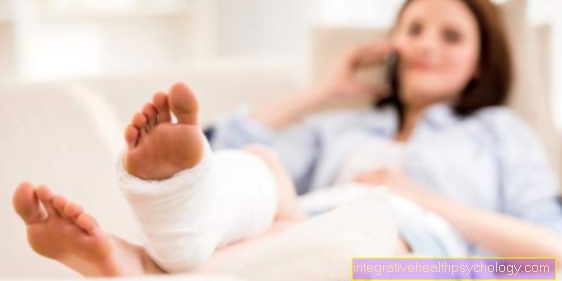
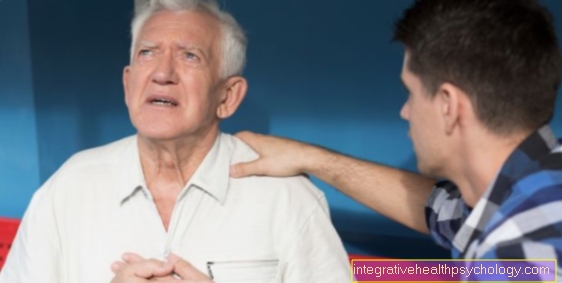
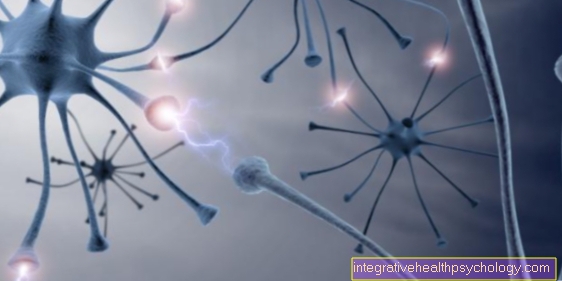
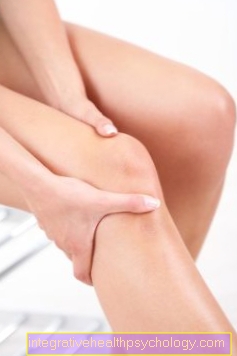
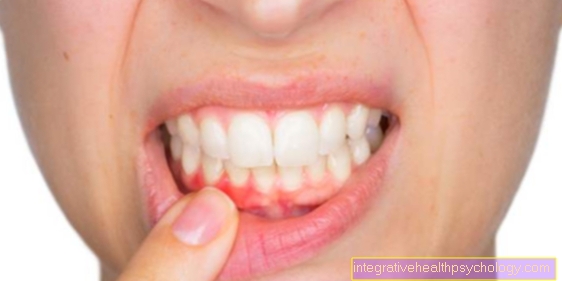
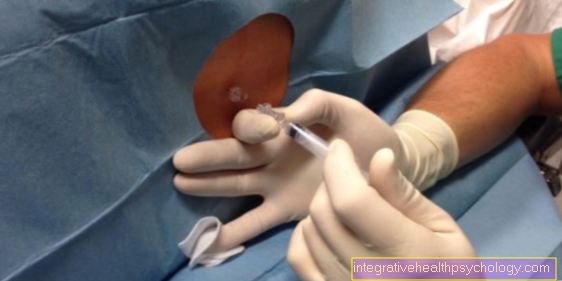

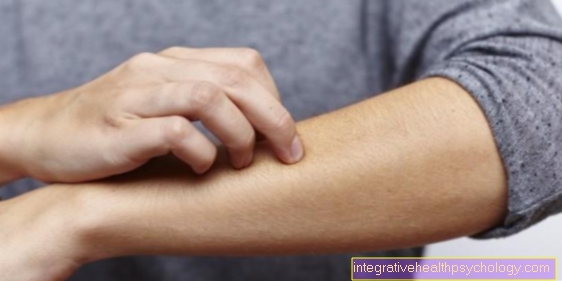






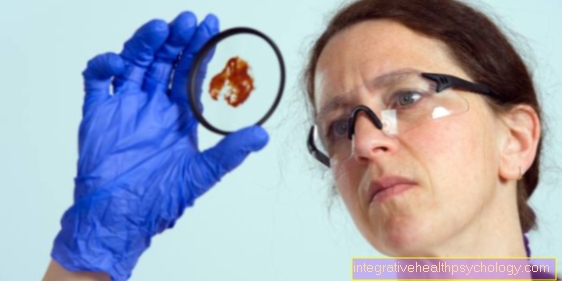

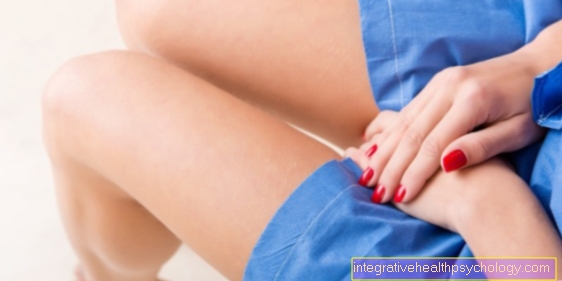

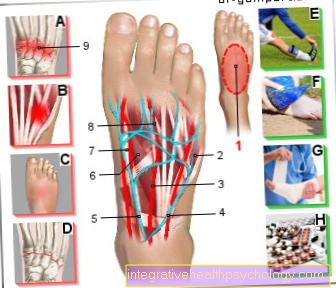
-und-lincosamine.jpg)